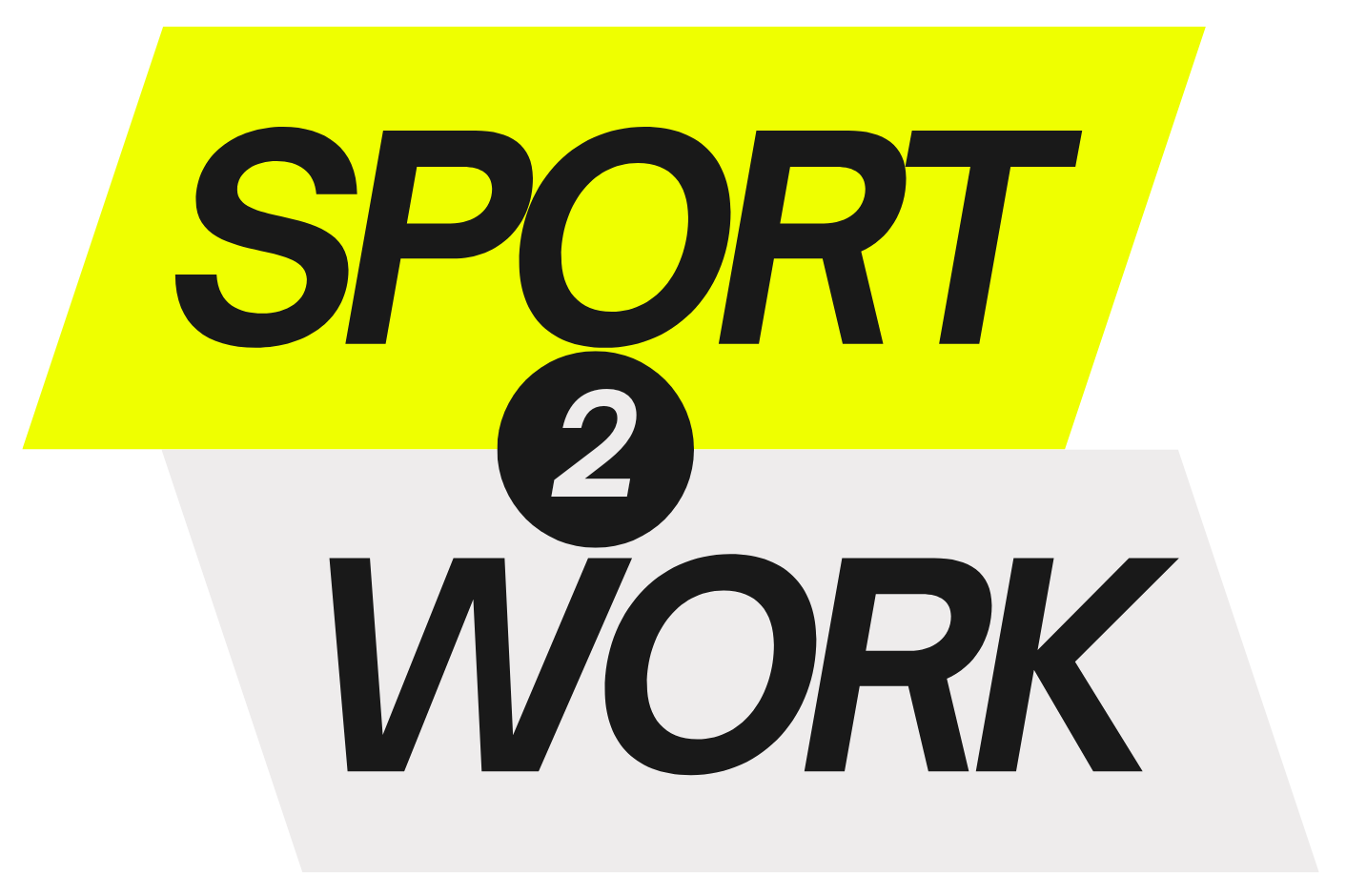In today’s fast-paced and competitive environment, the ability to assess key attributes such as grit, teamwork, and coachability is crucial for both personal and organizational success. These traits are often seen as the backbone of high-performing teams and individuals. However, many leaders and organizations make common mistakes when evaluating these qualities, leading to misjudgments that can hinder growth and performance. This article will explore five prevalent mistakes in assessing grit, teamwork, and coachability, providing insights and strategies to avoid them.
Understanding Grit, Teamwork, and Coachability
Before diving into the common mistakes, it’s essential to define what grit, teamwork, and coachability mean. Grit is often described as perseverance and passion for long-term goals. Angela Duckworth, a psychologist and author, emphasizes that grit is a better predictor of success than talent alone. Teamwork refers to the collaborative effort of a group to achieve a common goal, while coachability is the willingness to learn from feedback and adapt accordingly.
These attributes are interrelated; for instance, a gritty individual may excel in teamwork by motivating others, while a coachable person can enhance team dynamics by being open to constructive criticism. Understanding these definitions sets the stage for recognizing the pitfalls in their assessment.
Common Mistake #1: Overemphasizing Past Performance
One of the most significant mistakes organizations make is placing too much weight on past performance when assessing grit, teamwork, and coachability. While historical data can provide insights, it often fails to capture an individual’s current potential or willingness to grow. For example, a candidate may have a stellar track record but may not possess the grit needed to face new challenges in a different environment.
Moreover, past performance can be misleading. A high achiever in a supportive environment may not thrive in a more demanding setting. Therefore, it’s crucial to evaluate candidates not just on what they have accomplished but also on their mindset and adaptability. Incorporating behavioral interviews and situational judgment tests can help gauge these attributes more effectively.
Common Mistake #2: Ignoring Cultural Fit
Another common error is neglecting the importance of cultural fit when assessing teamwork and coachability. A candidate may possess the necessary skills and experience but may not align with the organization’s values or team dynamics. For instance, a highly competitive individual may struggle in a collaborative environment, leading to friction and reduced team effectiveness.
To avoid this mistake, organizations should clearly define their culture and values and assess candidates against these criteria. Utilizing team-based assessments or group interviews can provide insights into how well a candidate will mesh with existing team members. This approach not only helps in selecting the right individuals but also fosters a more cohesive team environment.
Common Mistake #3: Relying Solely on Self-Assessment
Self-assessment can be a valuable tool, but relying solely on it can lead to skewed perceptions of grit, teamwork, and coachability. Individuals may overestimate their abilities or downplay their weaknesses, leading to a false sense of confidence. For example, a candidate may claim to be highly coachable but may not have a history of accepting feedback constructively.
To mitigate this issue, organizations should complement self-assessments with external evaluations. Peer reviews, 360-degree feedback, and performance appraisals can provide a more balanced view of an individual’s capabilities. This multi-faceted approach ensures a more accurate assessment of the candidate’s true potential.
Common Mistake #4: Failing to Measure Growth Mindset
A growth mindset, the belief that abilities can be developed through dedication and hard work, is closely linked to grit and coachability. However, many organizations overlook this critical aspect when assessing candidates. A person may demonstrate grit in their past endeavors but may not possess the growth mindset necessary to adapt to new challenges.
To effectively measure growth mindset, organizations can incorporate specific questions into interviews that focus on learning from failures and seeking feedback. For instance, asking candidates to describe a time they faced a setback and how they responded can reveal their mindset. Additionally, providing opportunities for continuous learning and development can help cultivate a growth mindset within teams.
Common Mistake #5: Neglecting Continuous Assessment
Finally, a significant mistake is treating the assessment of grit, teamwork, and coachability as a one-time event. These attributes are not static; they evolve over time based on experiences and challenges. Organizations that fail to continuously assess and develop these qualities may find themselves with stagnant teams that struggle to adapt to change.
Implementing regular check-ins, performance reviews, and team-building activities can help maintain a focus on these attributes. Encouraging open dialogue about personal and team growth fosters an environment where grit, teamwork, and coachability can flourish. This ongoing assessment not only benefits individual development but also enhances overall team performance.
Conclusion
Assessing grit, teamwork, and coachability is a nuanced process that requires careful consideration and a multifaceted approach. By avoiding the common mistakes outlined in this article—overemphasizing past performance, ignoring cultural fit, relying solely on self-assessment, failing to measure growth mindset, and neglecting continuous assessment—organizations can make more informed decisions that lead to higher-performing teams and individuals.
Ultimately, fostering these attributes within teams is not just about hiring the right people; it’s about creating an environment that encourages growth, collaboration, and resilience. By prioritizing these qualities, organizations can position themselves for long-term success in an ever-evolving landscape.
FAQs
- What is grit? Grit is the combination of perseverance and passion for long-term goals.
- Why is teamwork important? Teamwork enhances collaboration, leading to improved problem-solving and innovation.
- How can I assess coachability? Look for openness to feedback and a willingness to learn from mistakes.
- What is a growth mindset? A growth mindset is the belief that abilities can be developed through effort and learning.
- How can organizations foster these qualities? Through continuous assessment, team-building activities, and a supportive culture.
